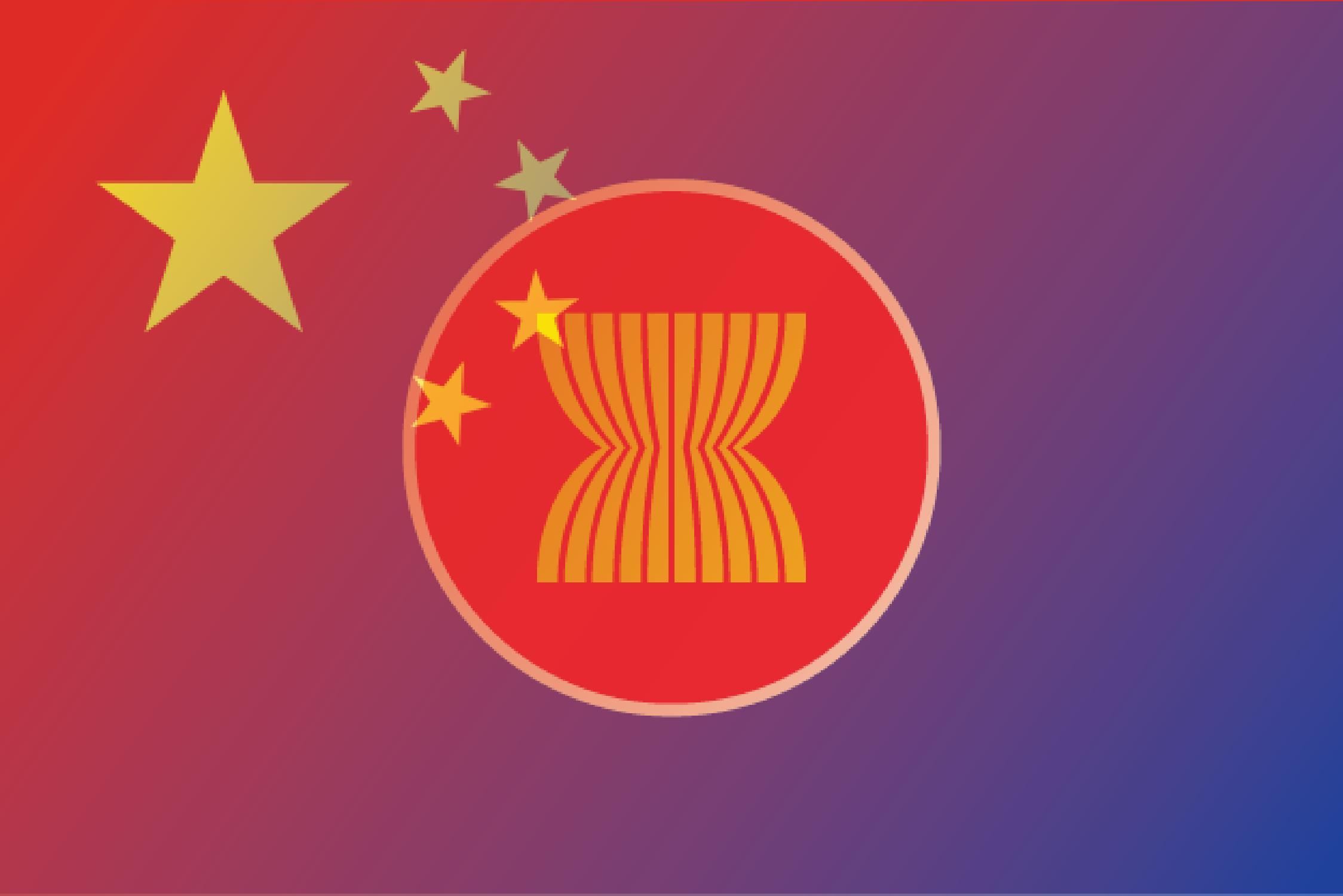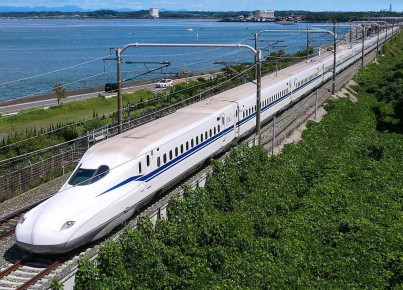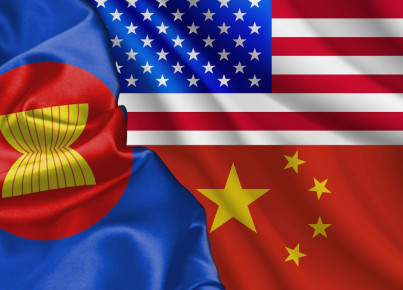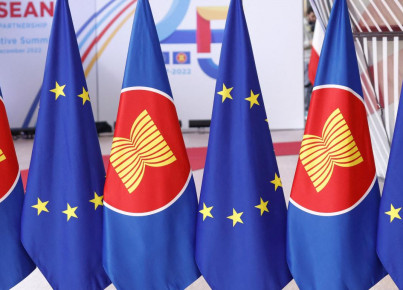In recent years, Beijing and Southeast Asian countries have signed a series of economic cooperation agreements
Editorial by Lorenzo Riccardi, Managing Partner RsA Asia
Beijing's role in Asia is promoted through the volume of trade and the number of bilateral and multilateral agreements. In the Asia-Pacific region, China has signed 42 double taxation agreements, ten free trade agreements, and has promoted multilateral free trade agreements with the Association of Southeast Asian Nations (ASEAN), Regional Comprehensive Economic Partnership (RCEP) nations, Gulf economies (Bahrain, Kuwait, Oman, Qatar, Saudi Arabia, United Arab Emirates), and Northeast Asian countries (Japan and Korea). The number of tax treaties, investment agreements, and free trade agreements is proportionally much higher in the neighboring countries of the Eastern area compared to other regions of the planet. This determines an accelerated trend in economic relations, especially with the primary trading partner: the ASEAN bloc. To strengthen the trade partnership, China and ASEAN have signed a series of agreements on economic cooperation over the past 20 years. These include a comprehensive agreement on global economic cooperation between ASEAN and China in 2002, the establishment of the ASEAN-China Free Trade Area (ACFTA) implemented in several phases between 2005 and 2010, the China-Singapore Free Trade Agreement in force since 2008, an ASEAN-China investment agreement in 2009, the ASEAN-Hong Kong SAR China Free Trade Agreement in force since 2019, the Regional Comprehensive Economic Partnership signed in 2020, and the free trade agreement with Cambodia in force since 2022. Beijing has also signed mutual visa exemption agreements between 2023 and 2024 with Thailand, Malaysia, and Singapore. A visa-on-arrival procedure is expected for Chinese citizens traveling to Brunei, Cambodia, Indonesia, Laos, and Myanmar, and a simplified e-visa procedure for Vietnam. Among the ASEAN countries, only the Philippines require advance visas for Chinese visitors. In China-ASEAN trade, Kuala Lumpur is the largest exporter with USD 102 billion in data from Chinese customs in 2023 (almost four times the volume of Italian exports to China), while Hanoi is the largest importer of Chinese products with about USD 137 billion. ASEAN and Beijing grow beyond the global average, and China has its primary trading partner in Southeast Asia with USD 911 billion in trade in December 2023, surpassing the aggregated import and export volume recorded by the People's Republic with the European Union (USD 783 billion) and the United States (USD 664 billion).






